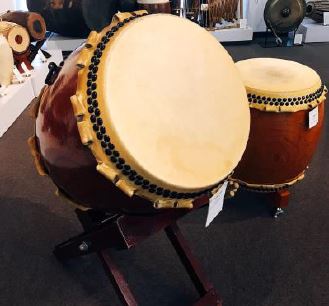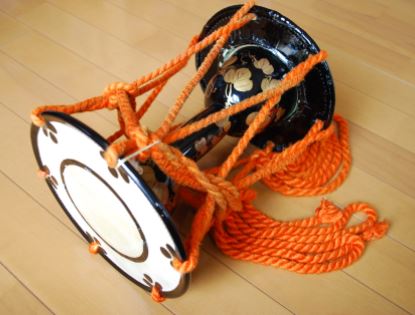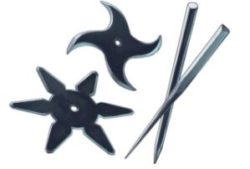What is Wadaiko, a Japanese taiko drum?
In ancient times, taiko drums were used before battles, and even today, taiko drums play an important role in the music that is sometimes played at Japanese shrine festivals. In recent years, "wadaiko" has also spread overseas, and there are now about 1,500 wadaiko teams in the United States.
The appeal of wadaiko
While Western drums can only produce one tone, wadaiko can produce different tones depending on where it is hit, allowing for a variety of expressions. However, if you want to take a taiko lesson, the sound of the drums is so loud that some people cannot stand it during the performance. If you have a hearing aid, you should remove it during the performance.
How is a taiko made?

Japanese drums are made from Japanese zelkova wood, which is a slow-growing, hard wood with tight grain that is grown in a "bad environment" deep in the mountains. If the wood is not strong enough, it will break easily. The location of the mountain is a trade secret.
After the wood is cut, a lathe is used to make a hollow drum body, which is then left to dry for five to ten years to increase its strength. It's a simple process, but it requires a lot of money for storage. Most of the cheaper drums in the world are made of wood pieces put together.
After that, the surface of the body is planed. The surface looks round, but the inside is actually polyhedral. This is to improve the sound produced by the body. The skin of the drum is 90% cowhide and 10% horse skin. The skins are attached with metal rivets. The rivets are hammered in at intervals of about two centimeters by a craftsman using intuition.
The Origin of the Drum
In ancient Japan, tsudumi was the term used for all drums. It is said that the modern "term" taiko came from the Chinese word for drum, "dagu." What did tsudumi refer to, then? An archaeological excavation at Mt. Tenjin burial mound in Gunma Prefecture unearthed terracotta figures playing drums, thought to be from the late Kofun period (around 3rd century)

If you look at the shape of these drums and how they were made, the body is a beer barrel with a skin stretched over both ends and tied with rope, and the drum is slung diagonally over the shoulder. Furthermore, from the Asuka period (588-710 CE) to the Nara period (710-794 CE), envoys and monks brought "togaku," the music of the Chinese Tang dynasty (7th century - early 9th century), but also includes music of India, Vietnam, and major areas along the Silk Road. from mainland China. At this time, "gagaku," the oldest traditional performing art, was being formed. Meanwhile, Chinese music, music theory, and a variety of different instruments were also introduced.
It is questioned whether the hourglass drum with a narrow center and iron tacks was also introduced during this time. By the Heian period (794-1192), however, there was a lot of pride and focus in Japanese design, and the hourglass drum was appropriated as a "Japanese drum."


